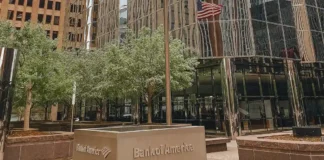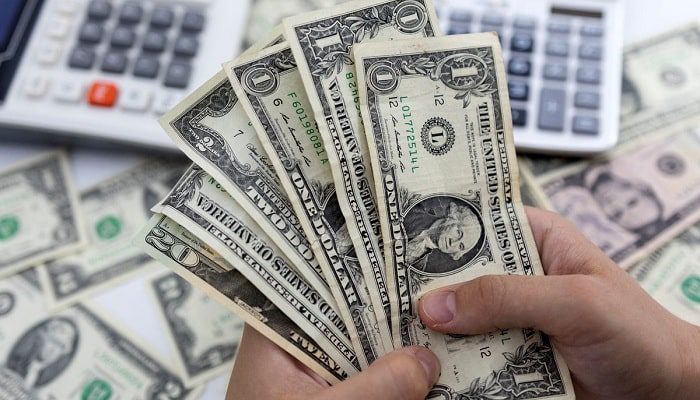The US dollar was going to have its third straight week of gains and was close to its highest level in 20 years compared to other major currencies. This was because investors were waiting for US jobs data, which could back up the argument for combative interest rate hikes.
Since Federal Reserve (Fed) chair Jerome Powell stated recently at the Jackson Hole conference in Wyoming that rates would need to be high for some time to combat inflation, the US dollar has been on the rise.
The US dollar index, which compares the US currency to six other currencies, reached a new 20-year high of 109.99 on the 1st of September thanks to strong US statistics indicating a decline in unemployment claims.
Early on September 02nd, in European trading hours, the index lost steam and fell by 0.3% to 109.23. The index is still expected to rise by 0.4% this week, though.
Analysts note that the US non-farm payroll data will be eagerly followed. According to economists, 300,000 new jobs were created in August, which would continue a trend of positive data. You-Na Park-Heger, a currency analyst at Commerzbank, wrote in a note that they would have to see clearer indicators of an economic recession in the US with the inclusion of more cautionary remarks on the part of the Fed to terminate the USD surge.
It has been a week of intense selling in the US Treasury market, and Fed funds futures are pricing in approximately a 75% chance that the Fed will increase rates by 75 basis points this month.
Given that Japan’s yields are fixed at or close to zero, the actions have bolstered the US dollar’s march against the yen in particular.
For the first time since 1998, the US dollar climbed beyond 140 yen on September 1st, and the yen dropped to a new low of 140.43 for the day. When last largely flat, it was at 140.305.
Japanese Finance Minister Shun Suzuki stated on Friday that the government of Japan will take necessary action as needed. The euro gained 0.6% to reach US$1.00045, reversing some of the preceding day’s losses versus the US dollar.
The money markets anticipate an unusual 75 basis point increase at the European Central Bank’s meeting the following week. At US$1.15670, pound increased 0.2% on the day against the US dollar, although it is still down about 1.4% this week. When the leadership race for the ruling Conservative Party is over, the new prime minister of Britain will be announced, which could cause the pound to move further.



















